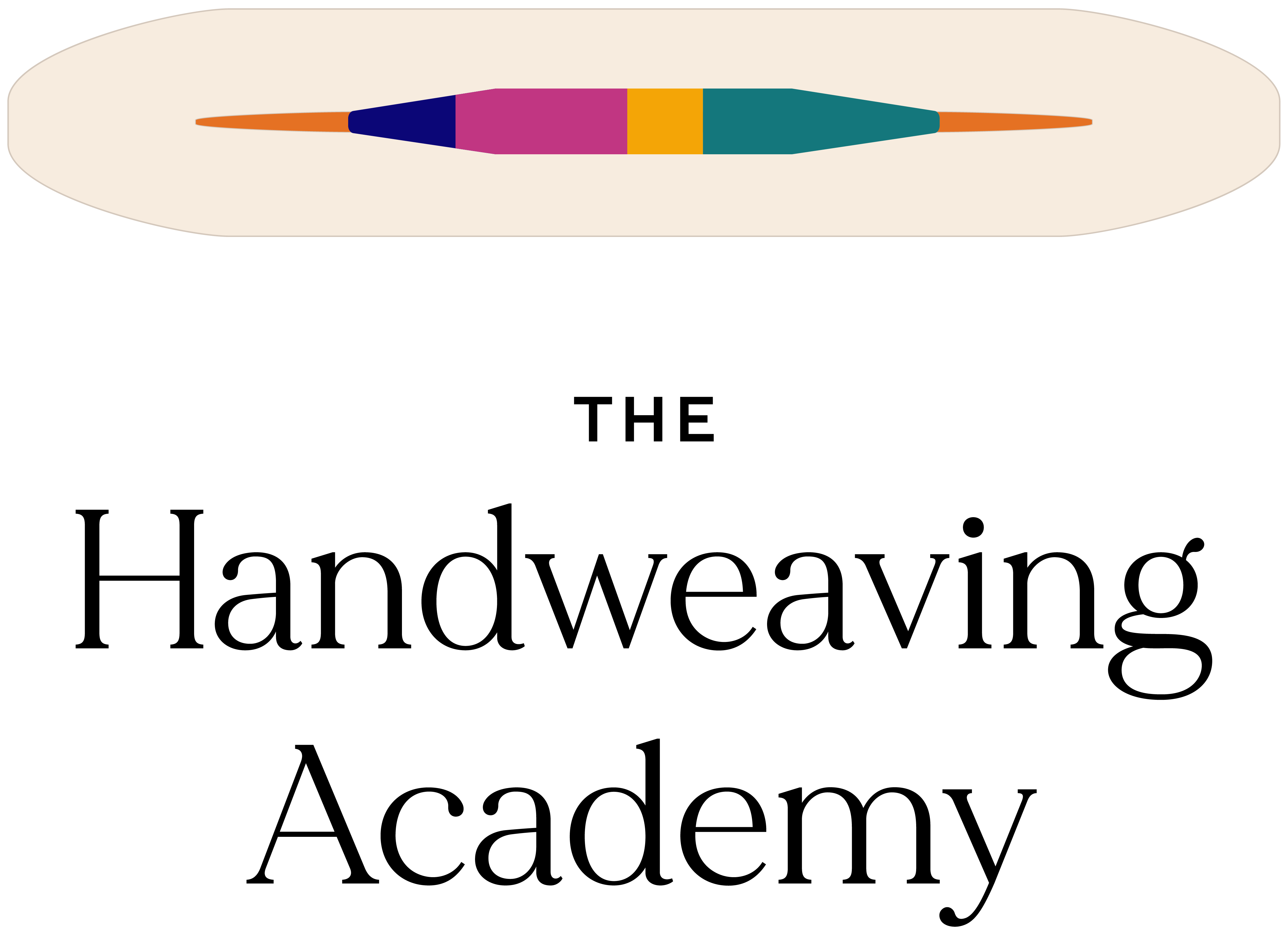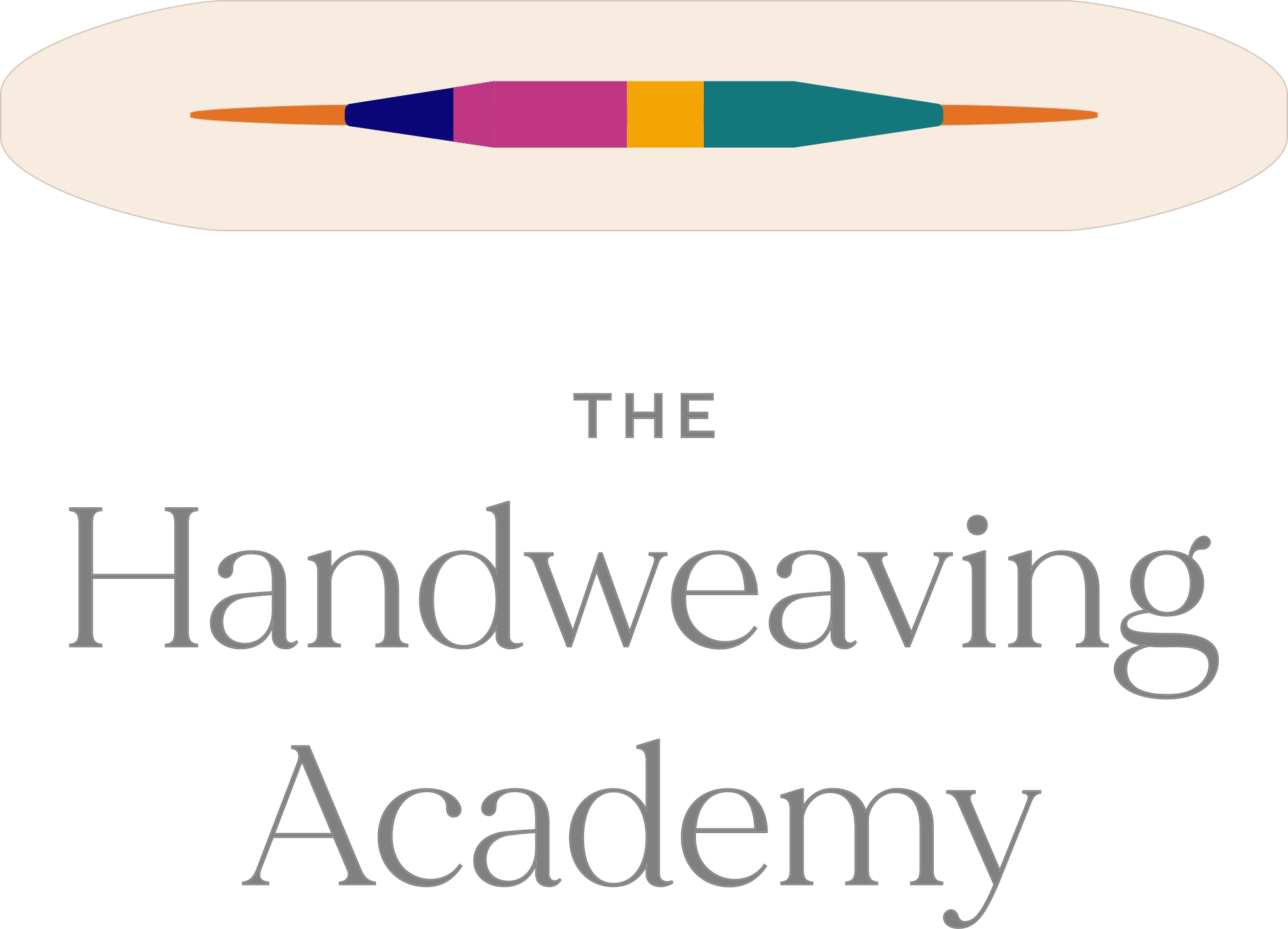The real meat of our Drafts: The Written Language of Weaving series begins, as do most drafts, with the threading!
The first part of the course is all about common threading notations. You’ll learn how to read several common styles of drafts from around the world. You’ll learn how to tell if a draft was written from left to right or right to left and how to read it either way. You’ll also learn about special notations for different kinds of yarns and other warp related charts you might find in project instructions.
The second part of the course focuses on specific sections of a draft: repeats, balances, and borders. You’ll learn how to recognize each, and, after a bit of “repeat math” to calculate the total number of ends in a project, how to use them to adjust the width of a threading design to suit your own wishes.
In the third section, you’ll learn how to recognize the direction and shape of a threading and how doing so will make your life much easier! This section also includes several tips and tricks to spot threading mistakes when they’re still easy to fix and to avoid them in the first place.
The next course in the Drafts: The Language of Weaving series is The Secrets of Liftplans, Treadlings, and Tie-ups.
Equipment needed
None
Weaving skills needed
None
Other courses in this series
- Drafts: the Written Language of Weaving
- The Threading: Where Every Draft Begins
- The Secrets of Liftplans, Treadlings, and Tie-ups
- Drawdowns: Blueprints for Success


